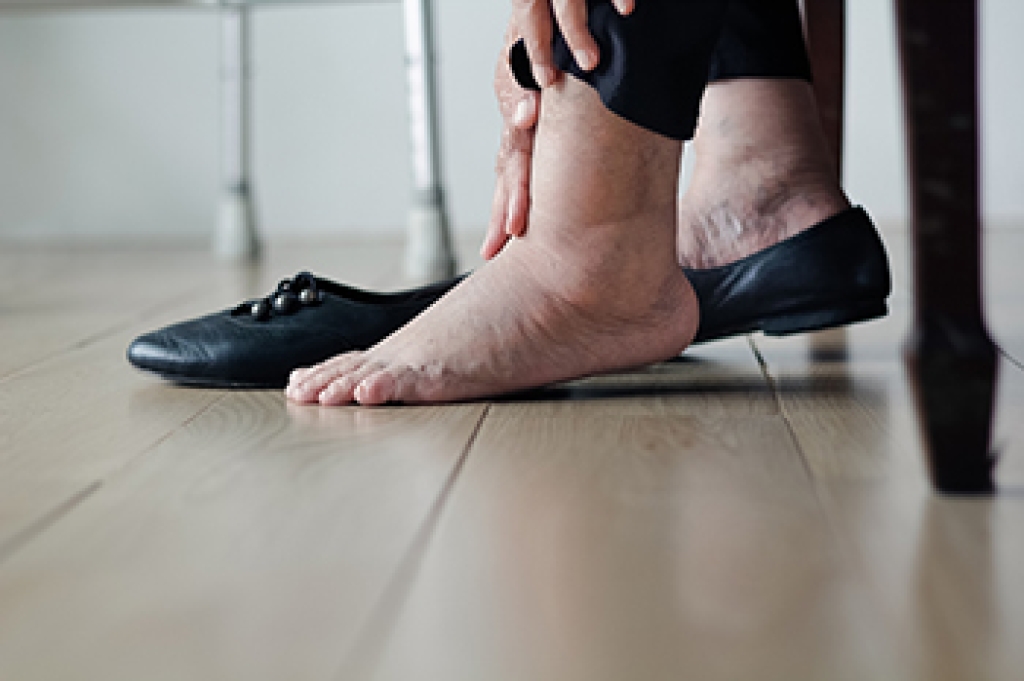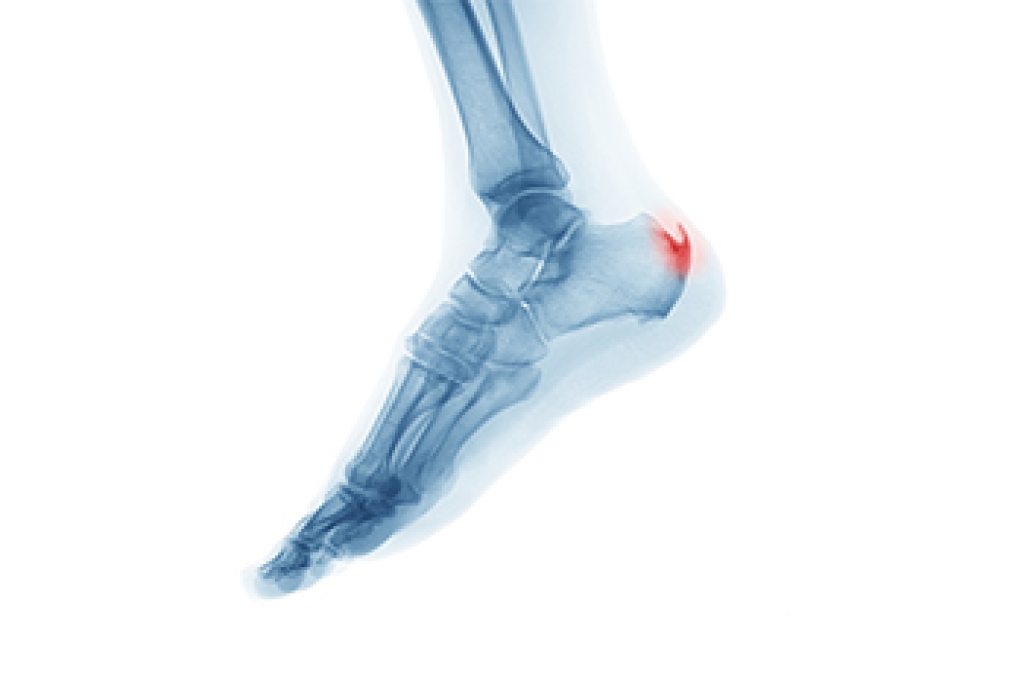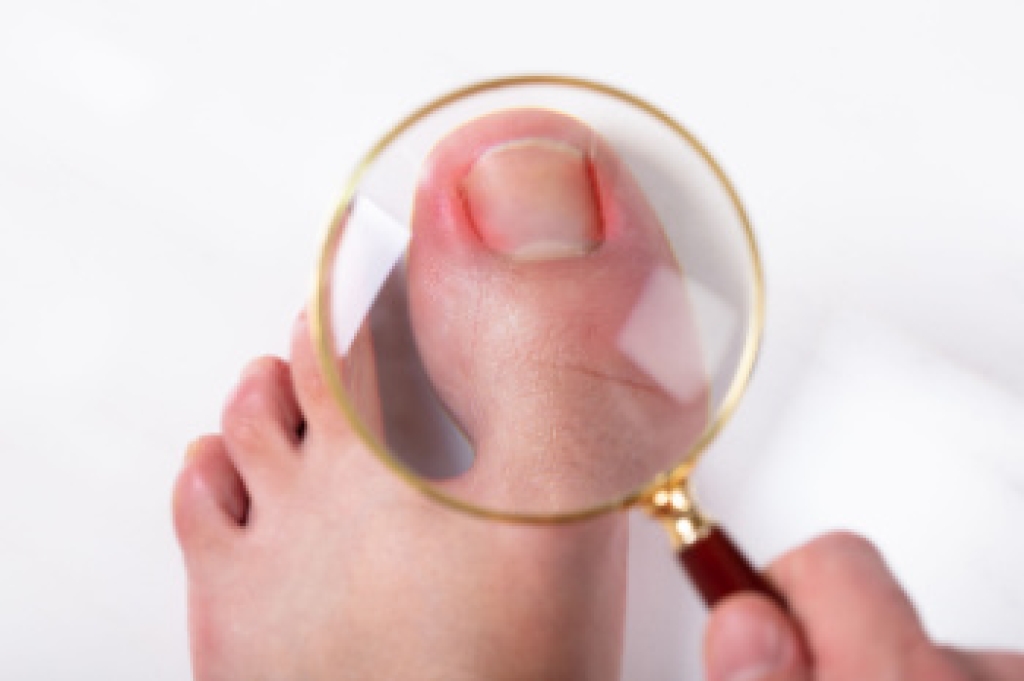
Elderly foot care issues can affect comfort, mobility, and overall quality of life. Cold feet may result from reduced circulation, changes in skin thickness, or chronic health conditions. Wounds that do not heal are another serious concern, often linked to poor blood flow, nerve changes, or pressure points that go unnoticed. These problems can increase the risk of infection and limit daily activity, if not addressed early. A podiatrist can evaluate circulation, skin health, and foot structure to identify underlying causes. Treatment may include routine foot care, wound management, pressure relief, and guidance on proper footwear. Ongoing podiatric care helps an older person maintain independence and prevents complications. If you are elderly and have any of the above symptoms, it is suggested that you schedule a visit with a podiatrist who can treat various foot and ankle conditions.
If you need your feet checked, contact one of our podiatrists of Nashville Family Foot Care. Our practitioners will attend to all of your foot and ankle needs and provide you with quality treatment.
Geriatrics and Podiatry
When people age, some common issues that may occur are bone density loss, dry skin, poor circulation, and rough brittle nails. These issues may also affect your foot health if the necessary steps are not taken to alleviate the problems.
It is important to take care of your feet because feet that are injured or diseased can affect your overall health. Having painful feet hinders your ability to do daily activities or may decrease your willingness to do the things that you need to do.
Visiting Your Geriatrician
As we age, health problems become more likely, so it is essential to visit your doctor for check-ups to ensure that you are doing the best you can to take care of your health. It is recommended to check your feet frequently for any possible cuts, bruises, swelling, corns or any other irregularities.
Taking Care of Elderly Feet
Cracked or dry feet can be treated by applying moisturizer often. It is also important not to wear old socks because the older the sock is, the higher the possibility there will be that there is bacteria there. Wear fresh socks and make sure they fit properly.
Proper foot health means that you can have a more active lifestyle and you will not be bogged down by pain. Foot health also leads to good circulation, which is paramount for overall health.
If you have any questions, please feel free to contact our office located in Nashville, TN . We offer the newest diagnostic and treatment technologies for all your foot care needs.




